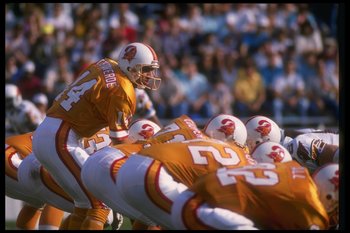We still have a couple of physics aces this week! All three participants correctly recalled what special and general relativity are about, and two of those three remembered that special came before general.
In fact, special relativity brought about the need for general relativity. Einstein pondered how gravity, as Newton understood it, could exert instant and continuous (assuming no change in the mass causing the gravity) force across vast distances when special relativity indicated that nothing could travel faster than the speed of light. As it turned out, Einstein was right - when a mass is suddenly introduced, the force of gravity it creates does travel at the speed of light as the mass exerts its influence over space.
 |
| Whatever, I still invented calculus. Leibniz is a dirty liar! |
A
simple visual example Greene gave was a mass dropped on a sheet, pulling in the surrounding plane of space. The universe is cool.
This week I'm moving on to the next chapter: quantum mechanics. I'm not a huge fan of microscopic, probabilistic physics, but let's face it: it's real, it happens, we all have to live with it. At least we're large enough beings that we don't have to worry about baseballs flying through bats and the like - as if hitting a baseball isn't hard enough!
Since my grasp of quantum mechanics isn't super strong, I'm going to go with sort of a simple question here:
"Which of the following symbols is used to represent the Planck constant?"
As usual, enter your answer at the bottom - good luck!
**SPECIAL BONUS QUESTION**
That siren noise you just imagined hearing means that there's a bonus question this week! It combines quantum mechanics with pop culture; please give your answer as a comment. The first person who answers correctly wins!
"Werner Heisenberg was a theoretical physicist who is famous for his foundational contribution to quantum mechanics in the form of the Heisenberg uncertainty principle. In what TV show does one of the characters go by the name Heisenberg?"
Hint: it's a good show.








